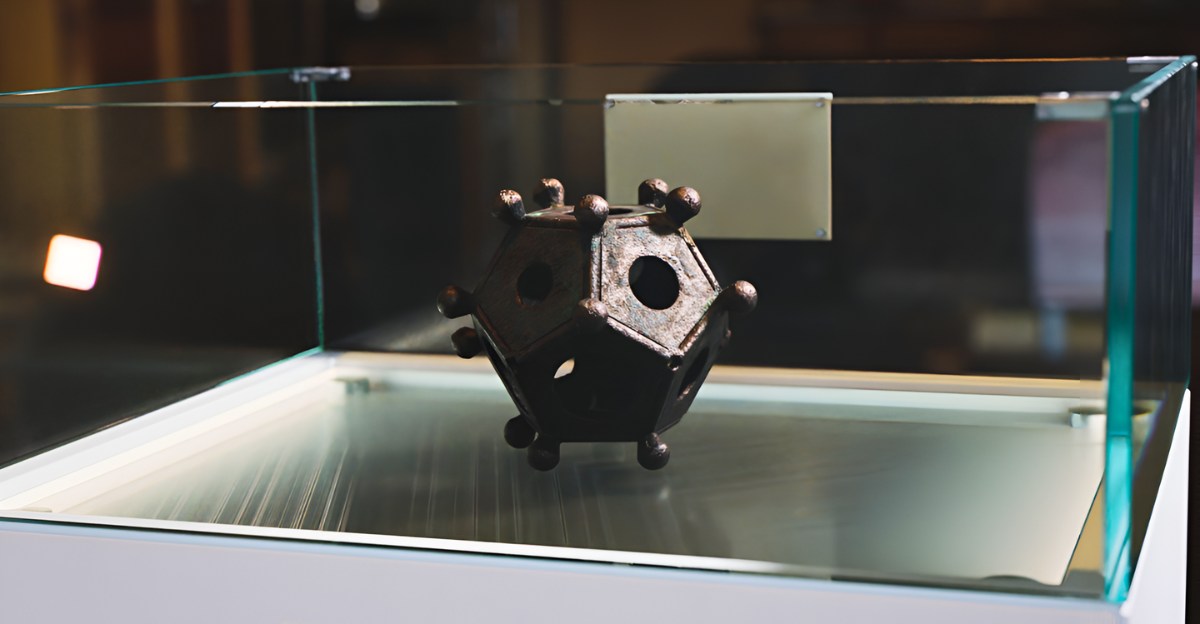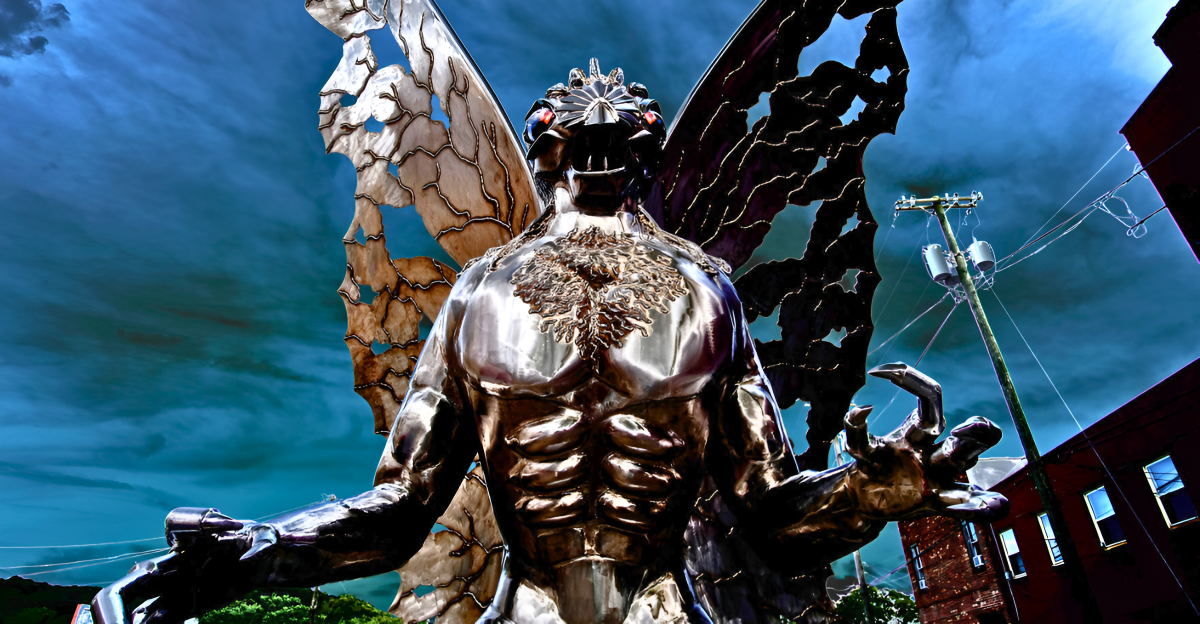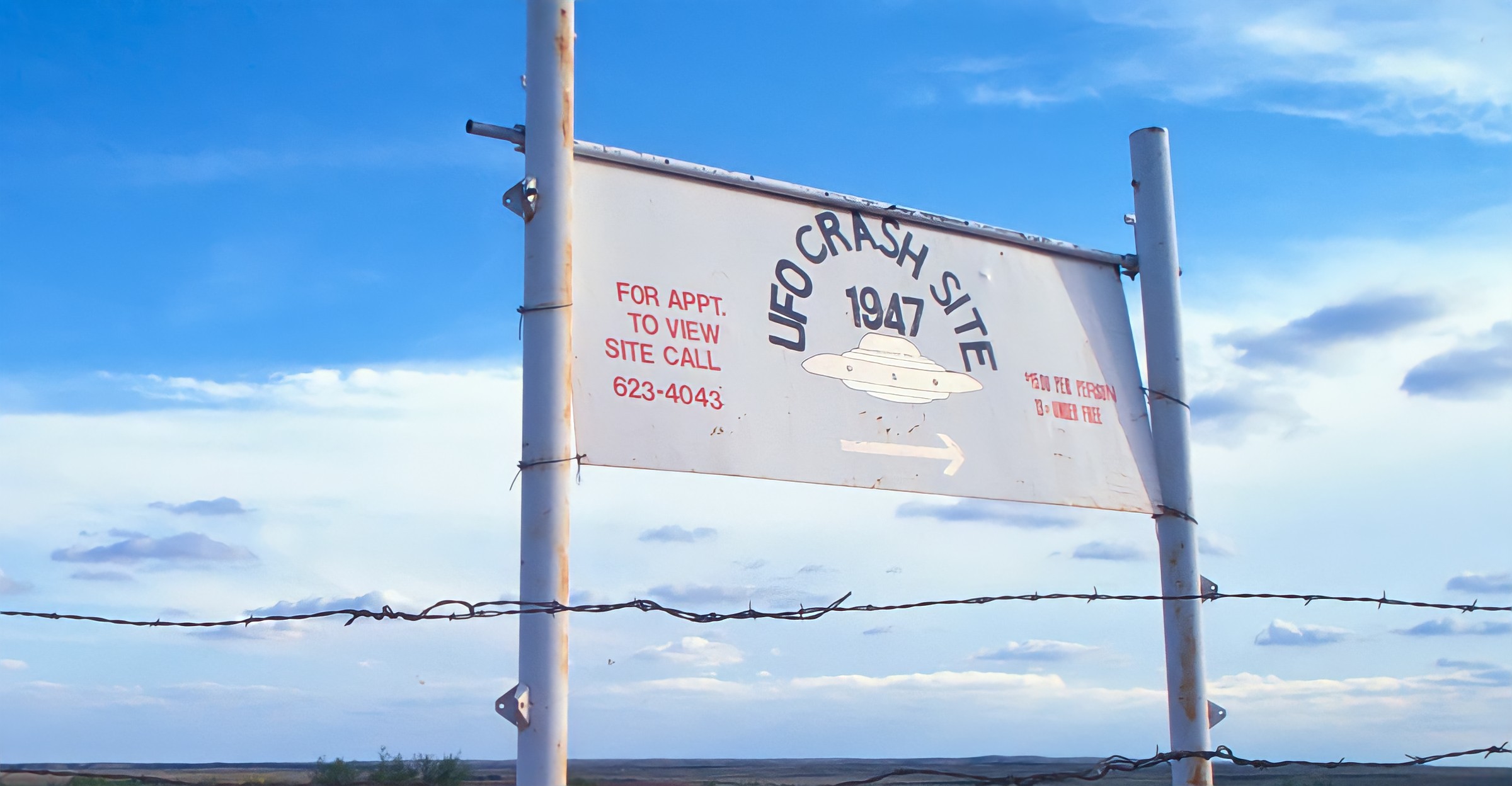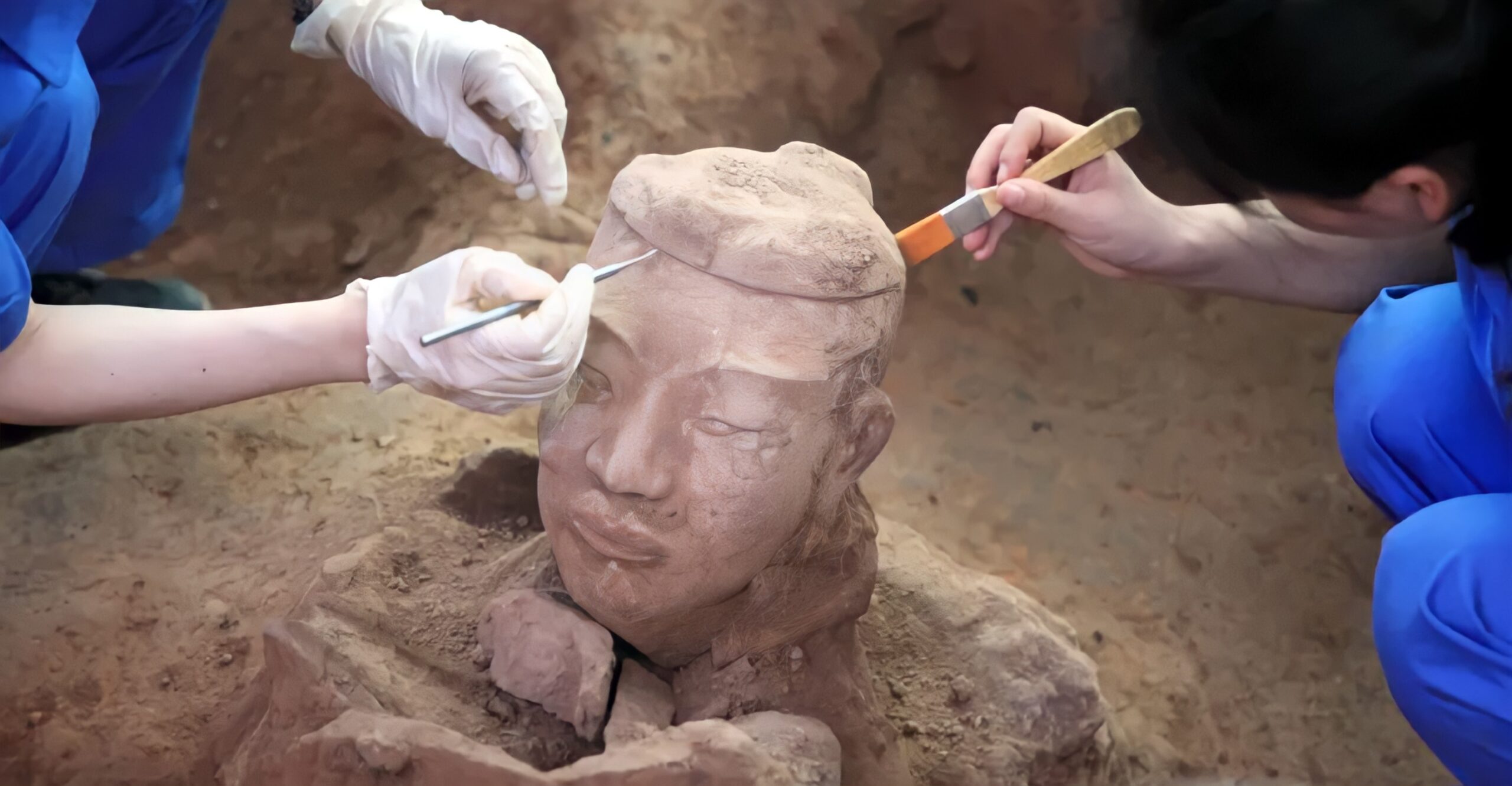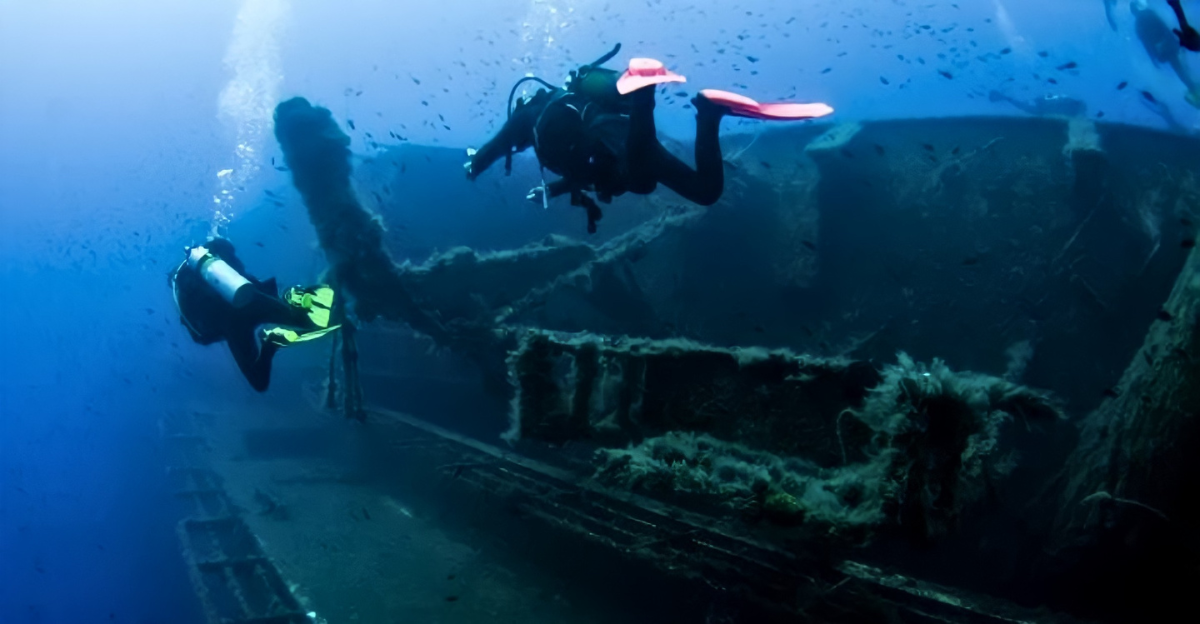
Researchers on an expedition expected the seafloor beneath the Arctic ice to be predictable and frozen, but that assumption was very wrong. According to the Monterey Bay Aquarium Research Institute (MBARI), teams mapping the Canadian Beaufort Sea recently stumbled upon sprawling ice formations that completely reshaped their understanding of the region. Some of these structures are as large as city blocks and were captured in vivid detail by robotic submersibles. As MBARI’s lead scientist, Charlie Paull, put it, the seafloor is “far more dynamic than we imagined,” raising new questions about what’s happening out of sight.
Arctic Seafloor Full of Surprises
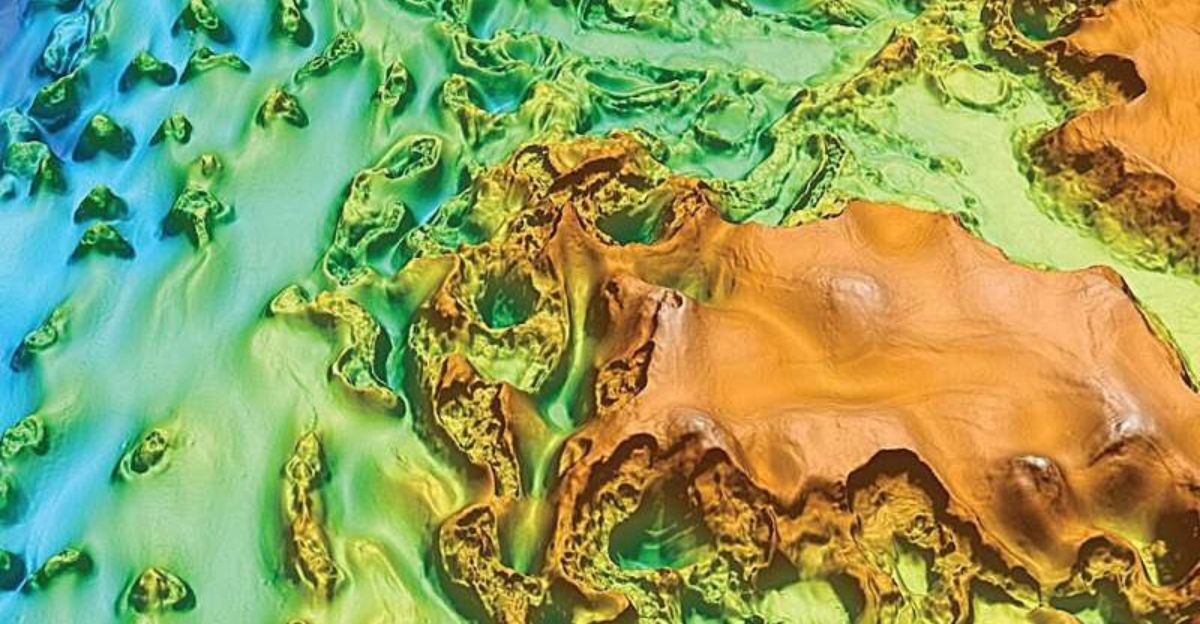
Early survey missions painted the region relatively calm, but more precise mapping has since shown a drastically different story. According to the Journal of Geophysical Research, more than 60 new underwater craters popped up in one small area in less than a decade, some stretching over 70 meters wide. IFLScience notes that experts were stunned by how complex and fast-changing these features are, given that their earlier models expected only flat mud and leftover ice from ancient eras.
Not Leftovers From the Ice Age
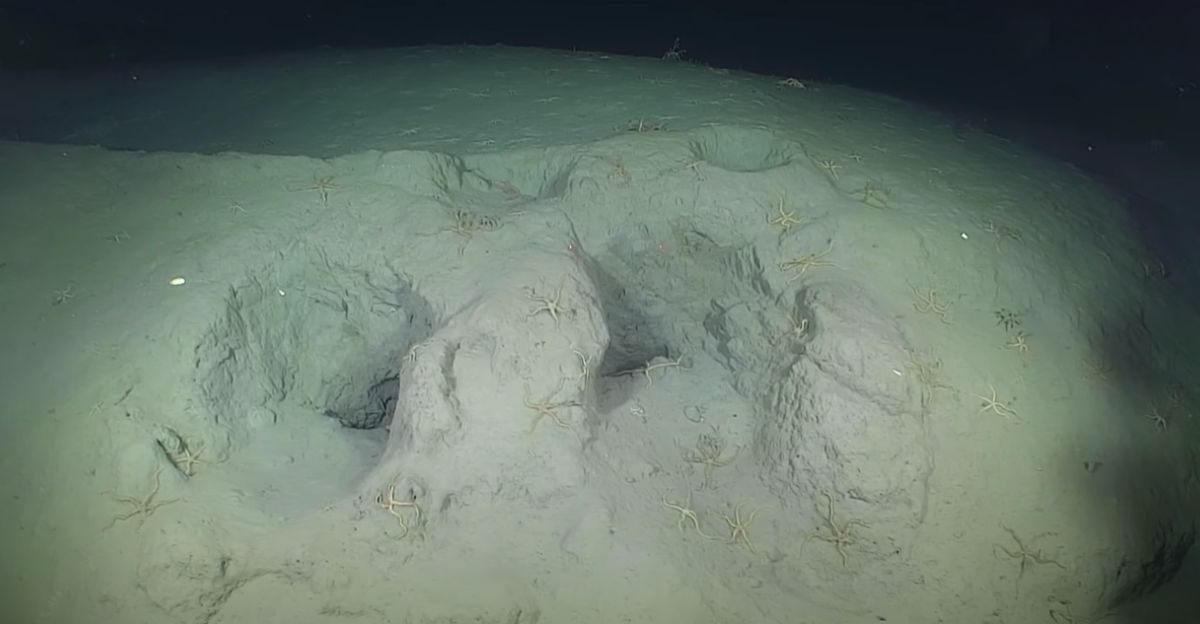
Scientists long believed that any ice on the seafloor must be a remnant of the last great freeze. Recent evidence refutes that view. According to new MBARI mapping and journal publications, most of these icy features are being shaped and reshaped in a modern cycle of melting and refreezing. The idea that the Arctic seafloor was just an “ice age museum” is now out the window, as these structures change yearly.
New Ice Born From Ancient Ground
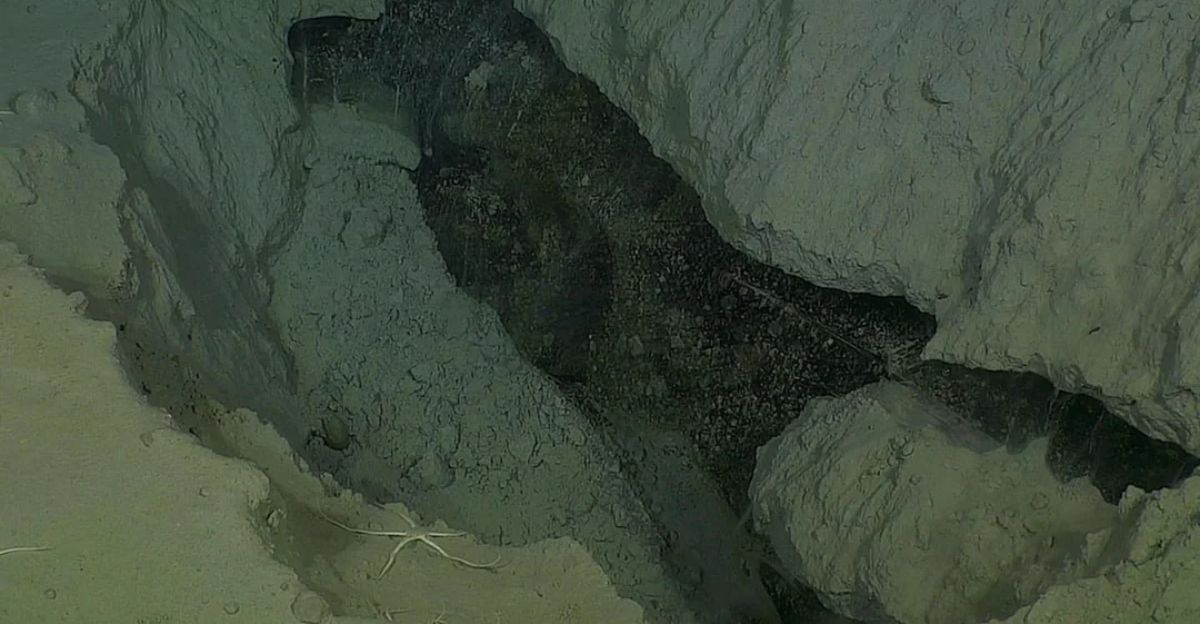
What’s causing these changes beneath the ocean? According to researchers, it begins with ancient permafrost deep under the seafloor, which is gradually warming and releasing brackish groundwater. That water rises, and when it collides with cold seafloor sediment, it rapidly refreezes into thick, new layers of ice. As SciTechDaily and MBARI’s mission logs documented, these events produce giant ice mounds and dramatic sinkholes and cavities.
The Big Breakthrough—Ice is Actively Changing Now
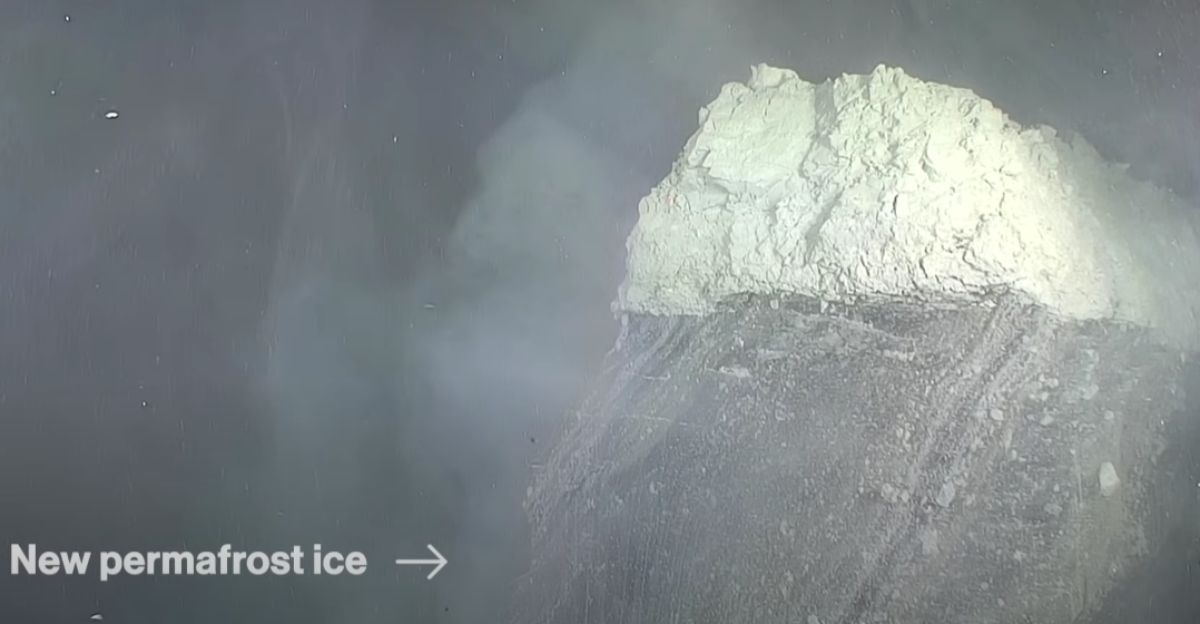
The clincher arrived when scientists mapped the same areas year after year. SciTechDaily reports that the MBARI team watched as mounds formed, then collapsed, and new craters opened up where none existed before. As Charlie Paull told WaterToday, “We were genuinely shocked at how quickly the seafloor was changing,” which contradicted the old belief that it was a frozen leftover from millennia.
Real Risks for the Arctic Region
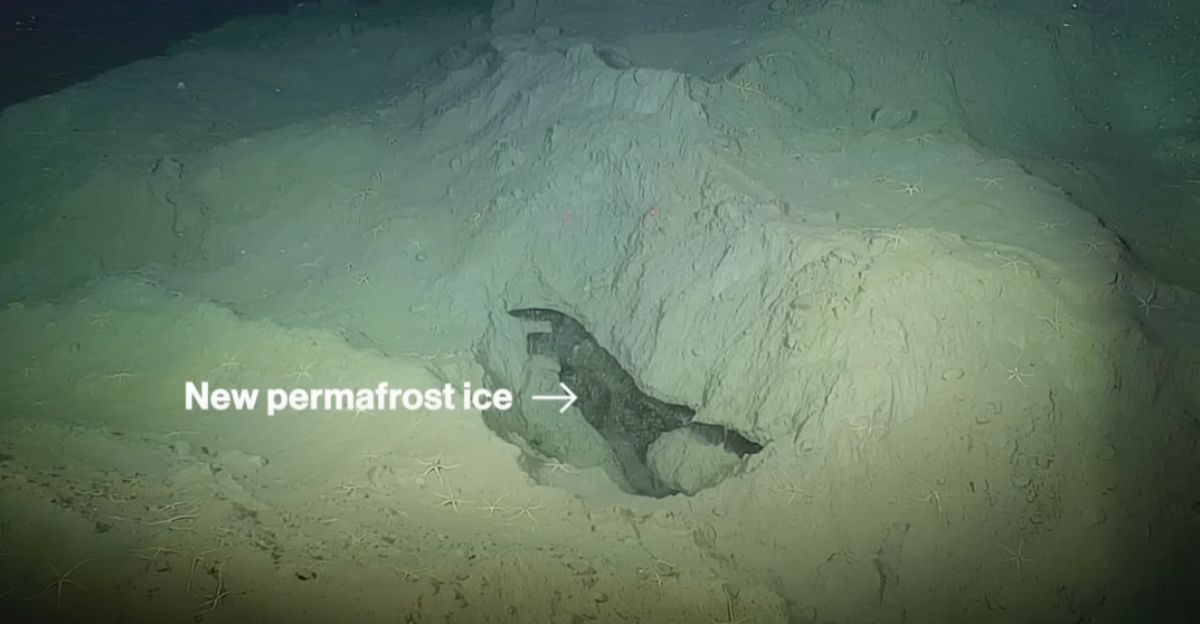
The changing seafloor isn’t just an academic detail—it’s a real-world challenge for ships and engineers in the region. According to Phys.org, growing ice mounds or sudden collapses can disrupt vital underwater cables and pipelines or create surprise hazards for ships that rely on stable navigation maps. With talk of more shipping and energy projects in the Arctic, experts say understanding this dynamic seafloor is more urgent than ever.
Researchers’ Stories from the Field
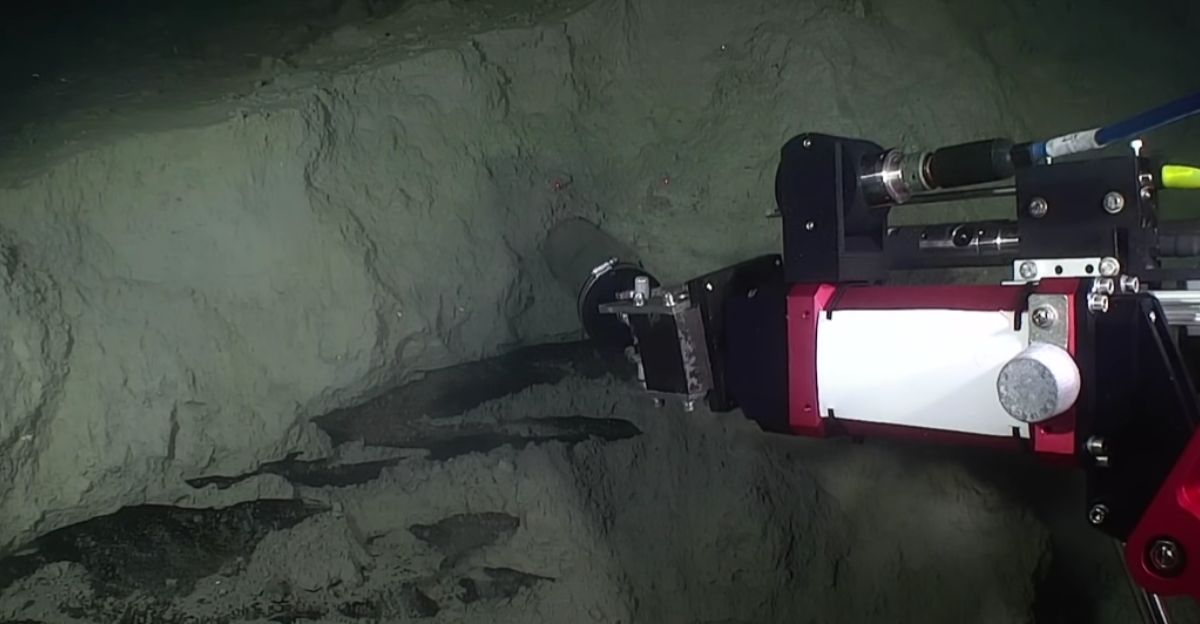
Working in the Arctic is an adventure in itself. MBARI scientists described using autonomous robots beneath thick sea ice, sometimes in subzero storms, to capture every shift before the region refroze. In an interview with WaterToday, Charlie Paull recalled seeing his carefully plotted charts go out of date between trips simply because the features changed so quickly. Team members admit the sense of mystery deepens with every visit.
Technology Unlocks Arctic Secrets
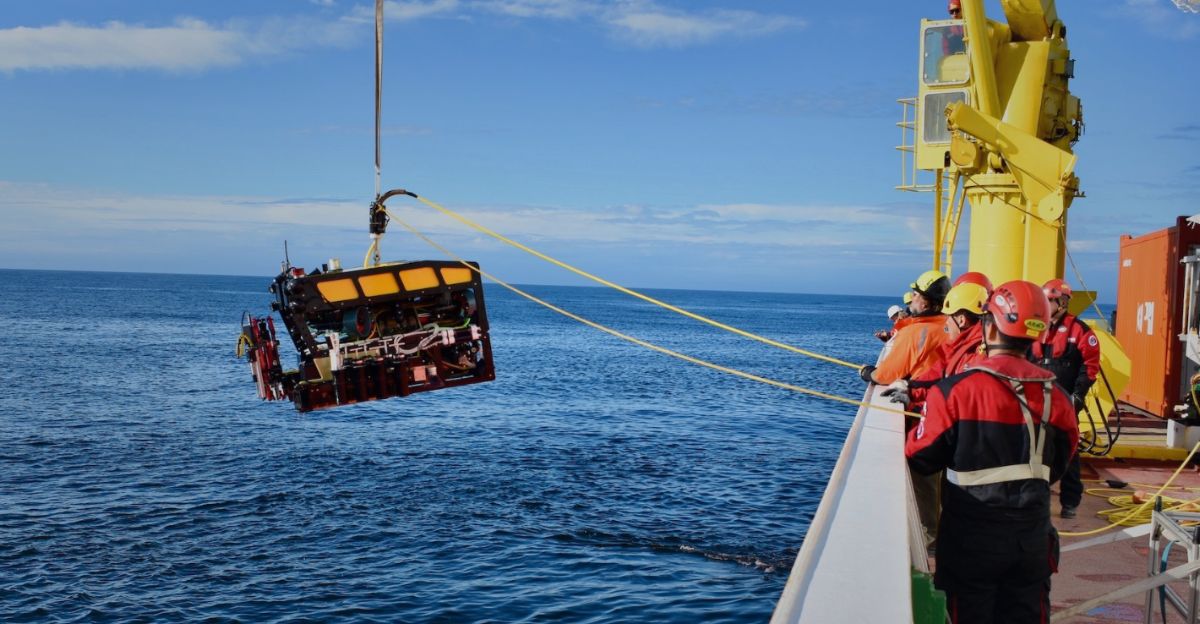
None of these discoveries would have happened without advanced robotics. According to MBARI’s annual reports, their latest autonomous underwater vehicles (AUVs) can explore for days, snapping thousands of high-resolution images and crafting detailed 3D models—even beneath thick pack ice. Those robots, equipped with advanced sonar and sampling gear, are helping scientists spot new craters and mounds that old survey methods would have missed entirely.
Ripple Effects on Climate Science
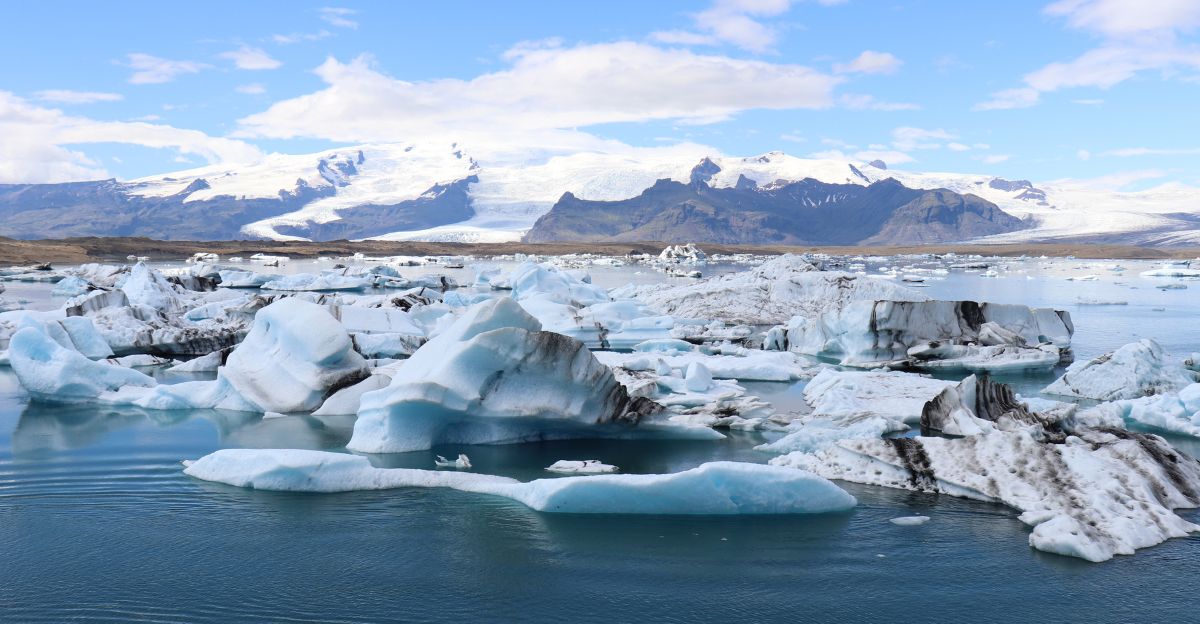
The impacts go beyond geology. Studies reported in PNAS and covered by Phys.org warn that as these ice structures collapse or melt, they can release long-trapped methane and carbon, potent greenhouse gases, into the water and potentially the air. This means the constantly changing seafloor could become another factor in Arctic climate feedback, adding urgency to regional research.
A Global Effort to Map the Arctic
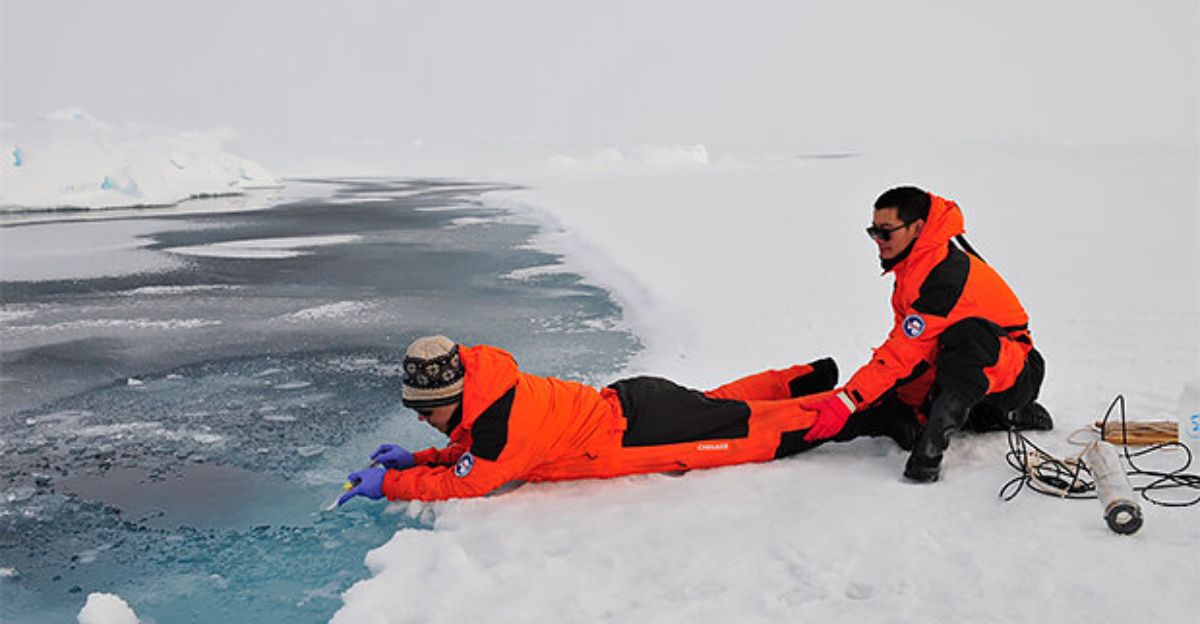
International teamwork has been crucial. According to MBARI and WaterToday, Canadian, American, and Korean researchers have worked together as part of the Arctic Council’s international science agreements to share equipment and data, letting teams quickly compare new findings across different stretches of the continental shelf. This shared approach means scientists are beginning to see how widespread these active changes may be.
Still More Questions Than Answers
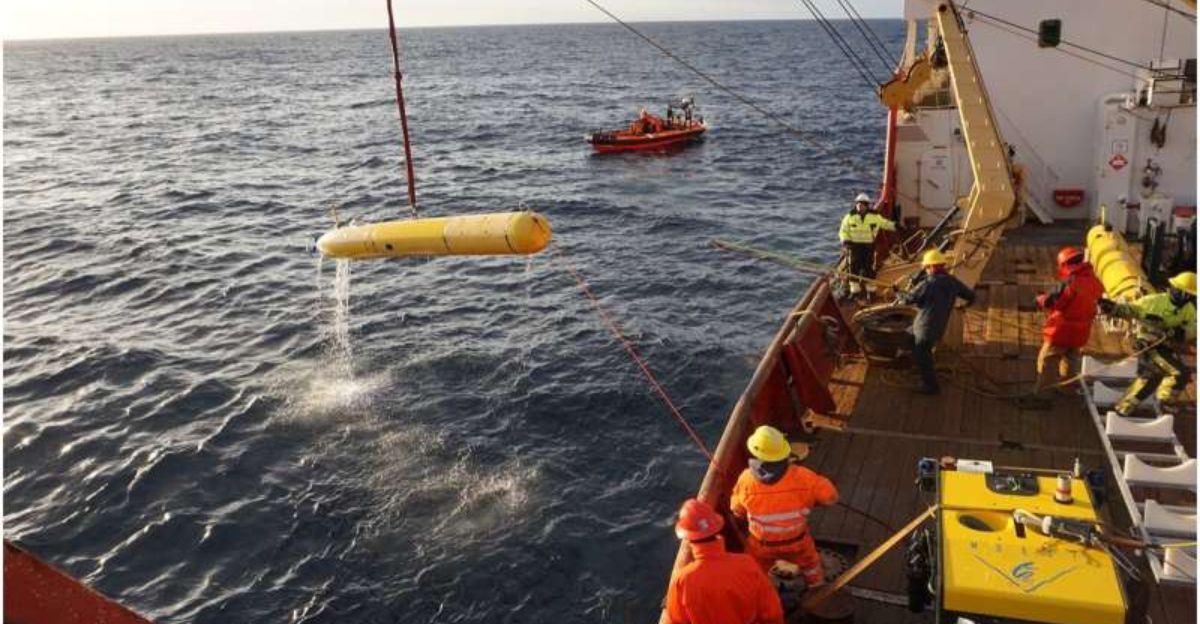
Each trip into Arctic waters creates more mysteries. In recent interviews, Paull admitted that scientists “have only scratched the surface”—they don’t know how many other regions may be seeing these same rapid changes. Hundreds of spots remain unmapped, and some researchers believe even stranger features could be hiding further north, waiting for future expeditions.
Infrastructure Projects Face New Risks
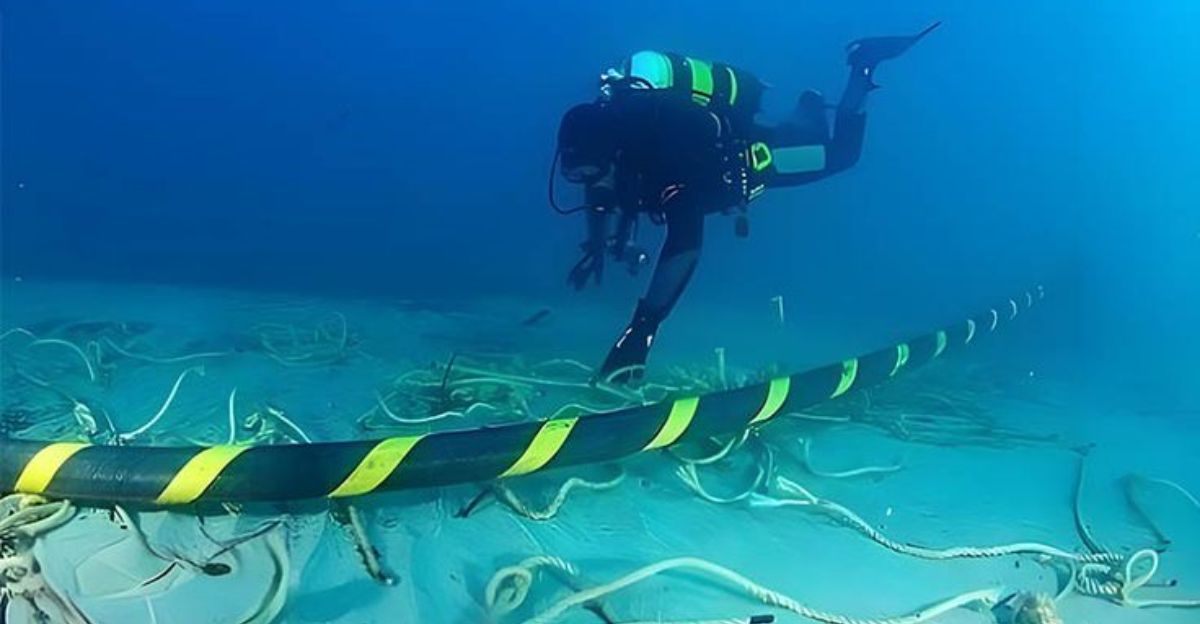
The changing seafloor is a wake-up call for engineers planning pipelines, undersea cables, and future shipping lanes. According to the Arctic Institute’s recent assessment, new hazard maps and constant monitoring are now being recommended before any big projects go forward. If the ground under the sea keeps shifting, it could mean big repairs or delays for anyone investing in the region.
Lively Debate in the Science Community
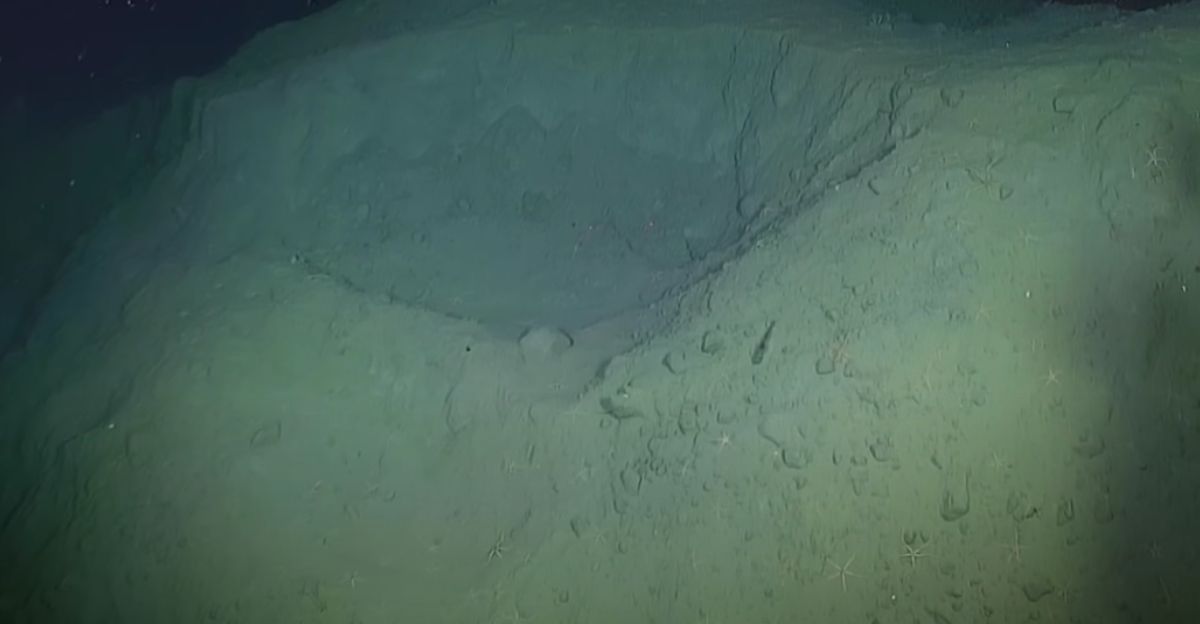
According to IFLScience, there’s already debate in the field about what’s truly “modern” and what could be old features changing for the first time in centuries. Some scientists think we see ancient ice layers waking up as the ocean warms, while others insist this is entirely new ice cycling. Nearly everyone agrees that the Arctic seafloor is more alive and unpredictable than anyone predicted a decade ago.
Scanning Even Deeper in Years Ahead
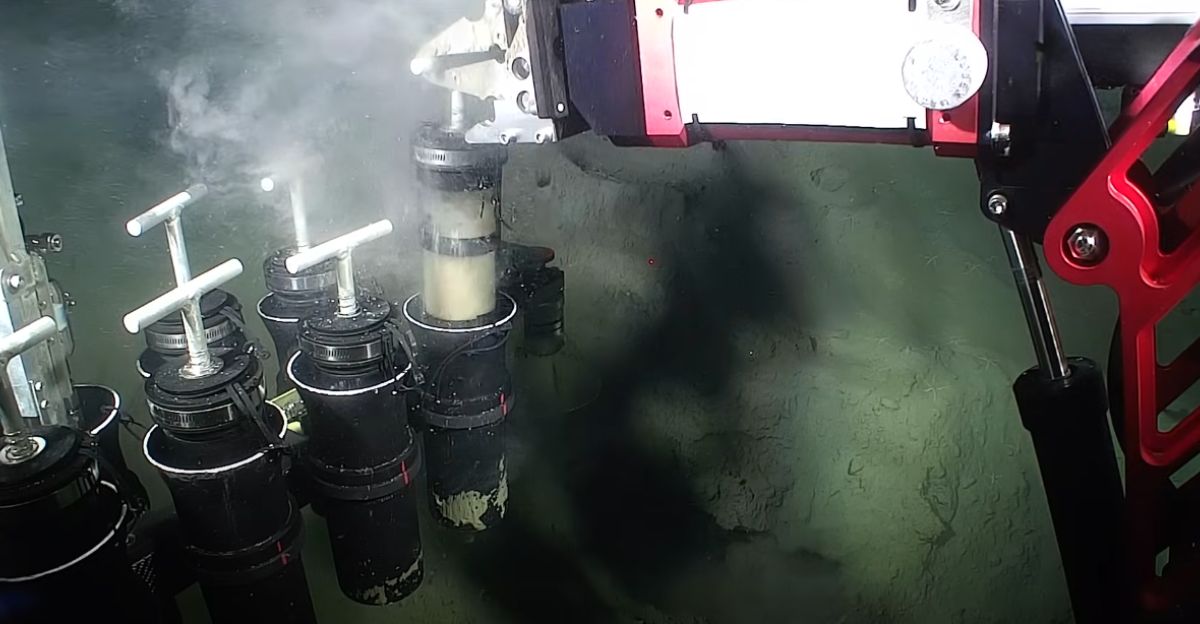
What’s next? MBARI and its partners plan to send out even more advanced AUVs, equipped to sample thicker ice layers and map regions closer to the pole. According to MBARI scientists, future technology will help them compare areas previously unreachable, possibly uncovering more massive craters and shifting features not visible until now.
Arctic Secrets Waiting Below the Surface
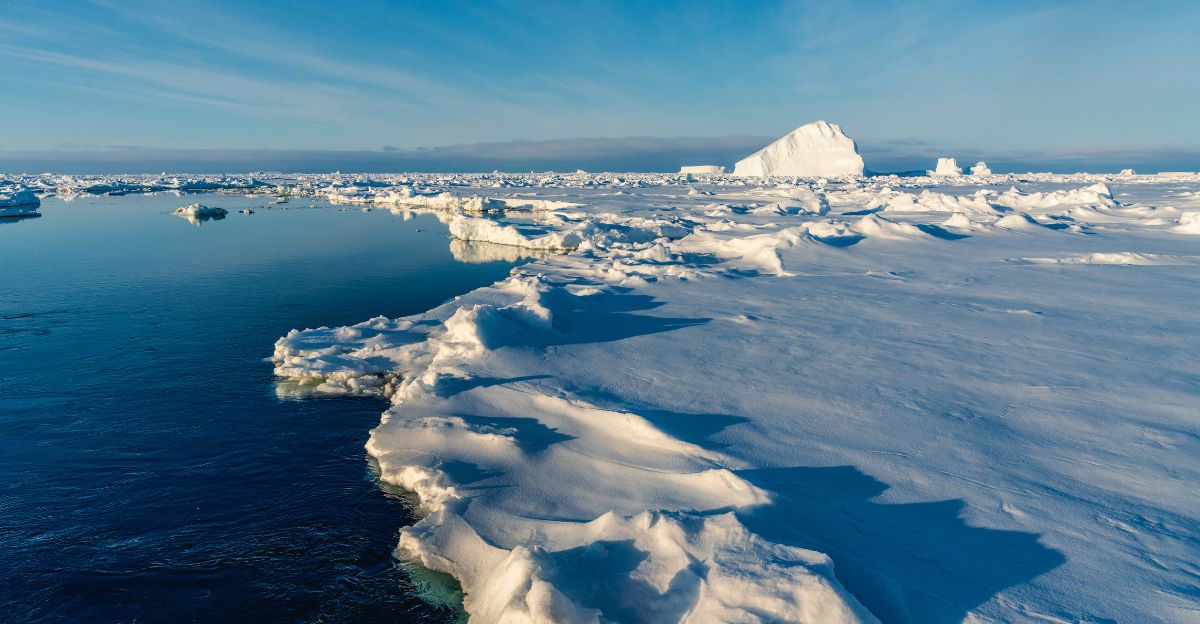
If there’s one lesson in all this, it’s that the Arctic is anything but frozen in time. According to MBARI and global collaborators, each scientific cruise uncovers new twists, reminding everyone there’s much to learn about our planet’s most extreme places. As Charlie Paull summed up after his latest expedition, “We’re just beginning to understand what’s really happening beneath the ice,” every year promises more discoveries just below the surface.


